Have you ever wondered what mysterious creatures roam your garden under the cover of night?
While you might be well-acquainted with the daytime inhabitants of your garden, a captivating realm of nocturnal animals emerges after the sun sets!
These creatures have honed their senses to navigate the darkness, boasting remarkable adaptations like heightened hearing, an acute sense of smell, and impressive night vision.
Intriguingly, they play a vital role in our ecosystem by acting as nature's pest controllers, helping to regulate insect populations and maintain the delicate balance of your garden.
While a few nocturnal visitors might be considered nuisances, others are your silent allies in keeping your precious plants thriving.
So, read on and get to know the nocturnal animals of your garden!
Nocturnal Animals You May Find In Your Garden
Nocturnal animals are creatures that are active during the night and sleep during the day.
They have adapted to their nocturnal lifestyle by developing specialized traits to help them survive in the darkness.
This section will discuss some common nocturnal animals that may visit your garden.
Raccoons
Raccoons are medium-sized mammals that are native to North America. They are known for their distinctive black mask and ringed tails, which make them easily recognizable.
Raccoons are omnivores, which means they will eat almost anything they can find. Their diet includes fruits, vegetables, insects, small animals, and even garbage.
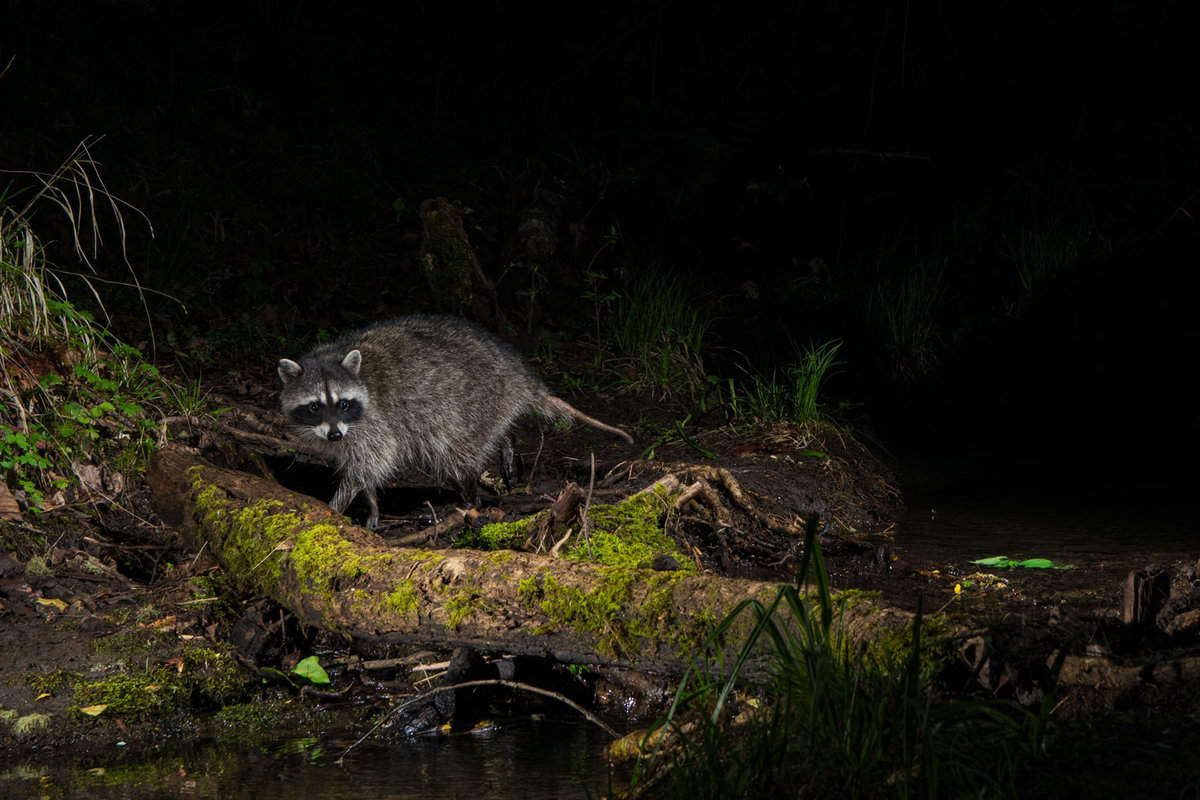
Raccoons are highly adaptable and can be found in various habitats, including forests, wetlands, and urban areas.
They are nocturnal animals and are most active during the night. During the day, they often sleep in trees or other protected areas.
One of the most common issues that people have with raccoons is their tendency to raid gardens in search of food.
Raccoons are excellent climbers who quickly scale fences and trees to get fruits and vegetables. They are also known to dig up lawns for grubs and other insects.
Raccoons can also carry diseases like rabies and be aggressive if threatened. It's essential to keep a safe distance from raccoons and not approach or try to feed them.
Bats
Bats are fascinating creatures that are often misunderstood. Contrary to popular belief, most bats are not vampires and do not suck blood.
There are over 1,400 species of bats, and only three of them feed on blood.
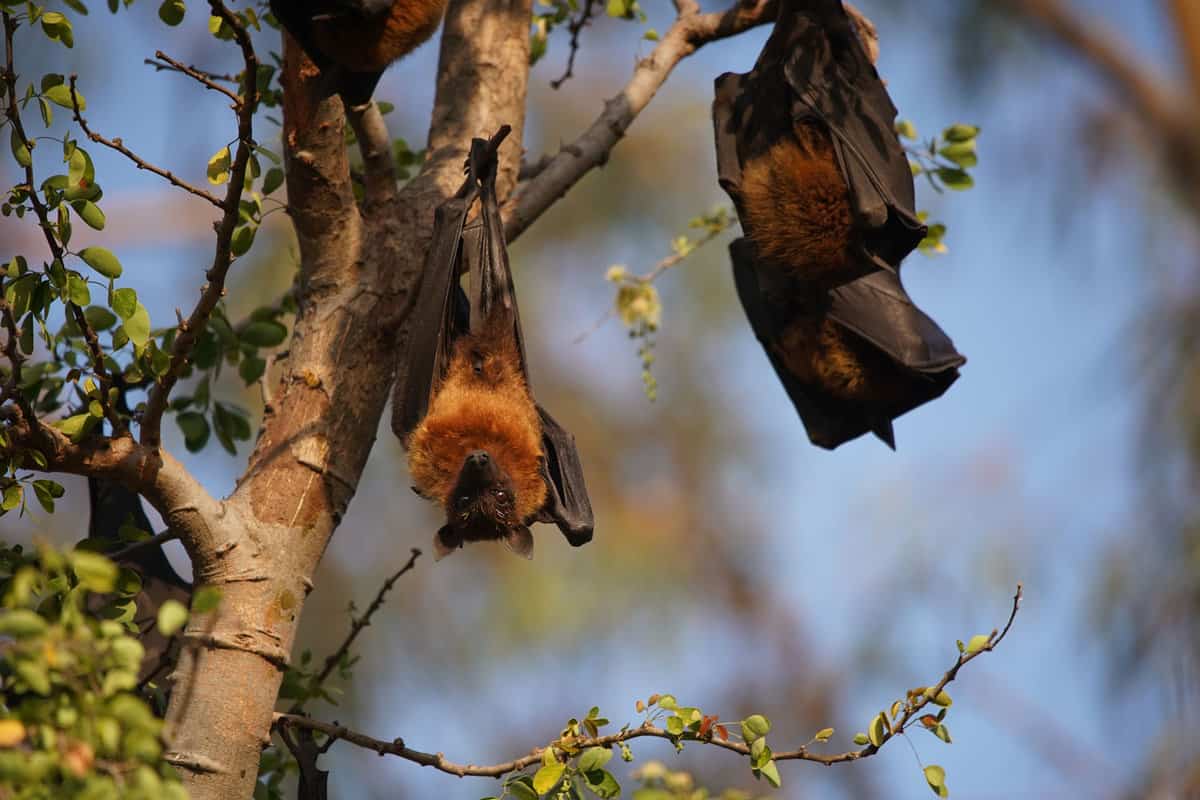
Bats are essential pollinators and insect controllers. They can eat up to 600 or more mosquitoes in an hour!
To attract bats to your garden, install a bat house or leave dead trees standing to provide roosting sites.
Owls
Owls are birds of prey known for their silent flight and keen eyesight. They are carnivores and will eat a variety of game, including rodents, insects, and small birds.
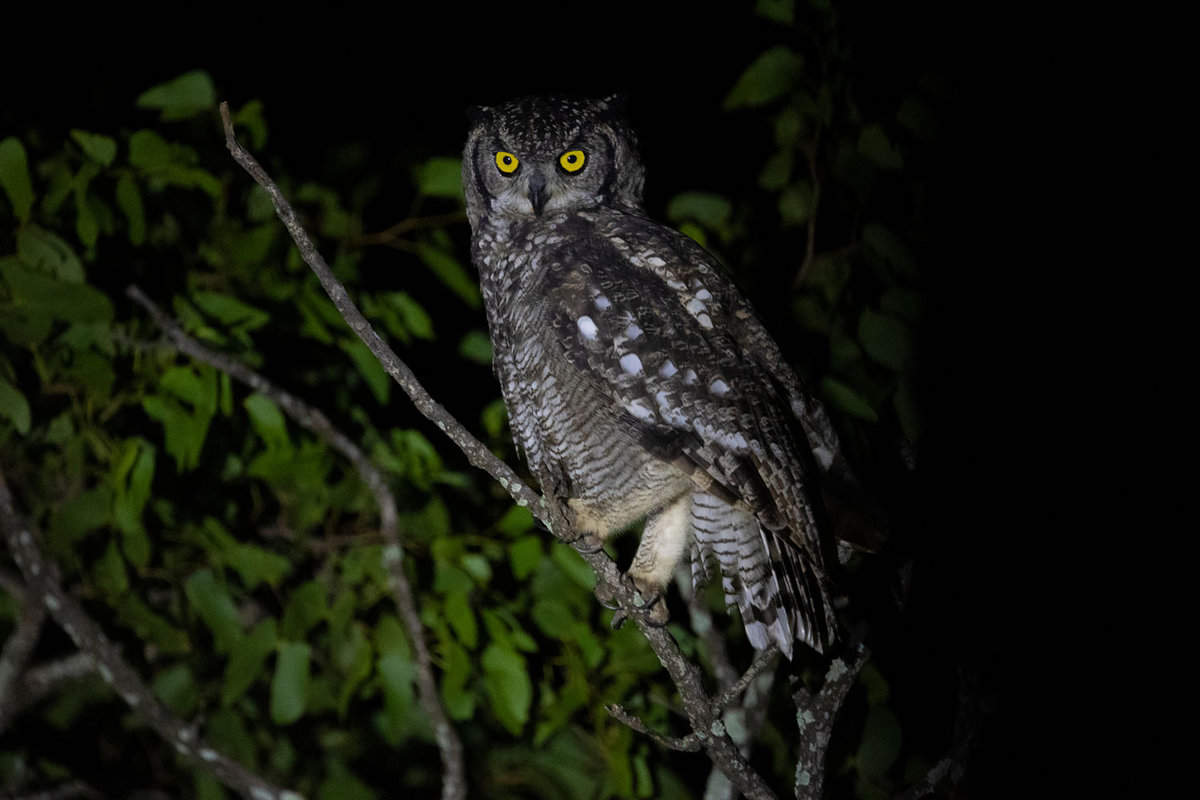
Owls have excellent hearing and can locate prey in complete darkness using their keen senses. Owls are found in many habitats, from forests to grasslands to urban areas.
They are most active at night and rarely seen during the day. Owls are also known for their distinctive hooting calls, which can be heard for miles.
To attract owls to your garden, you can install a nest box or leave dead trees standing to provide nesting sites.
Nest boxes should be placed in areas with good sun exposure and near a water source. It's important to note that owls are protected by law in many sizes and should never be harmed or disturbed.
Owls are also attracted to open areas where they can hunt, so avoid planting dense shrubs or trees that may obstruct their flight paths.
A water source like a bird bath or small pond can also help attract owls to your garden.
Hedgehogs
Hedgehogs are tiny, adorable creatures that are active at night. They benefit gardens by eating insects and other small animals like slugs and snails.

Hedgehogs are also known for their distinctive spines, which they use for protection from predators.
It's important to note that hedgehogs are protected by law in many areas and should never be harmed or disturbed. If you encounter a hedgehog in your garden, observing from a distance is best to provide them with a safe and welcoming habitat.
Moths
Moths are nocturnal insects that are attracted to light. They are found in many habitats, from forests to grasslands to urban areas.
Moths are important pollinators and serve as a food source for other nocturnal animals like bats and owls.
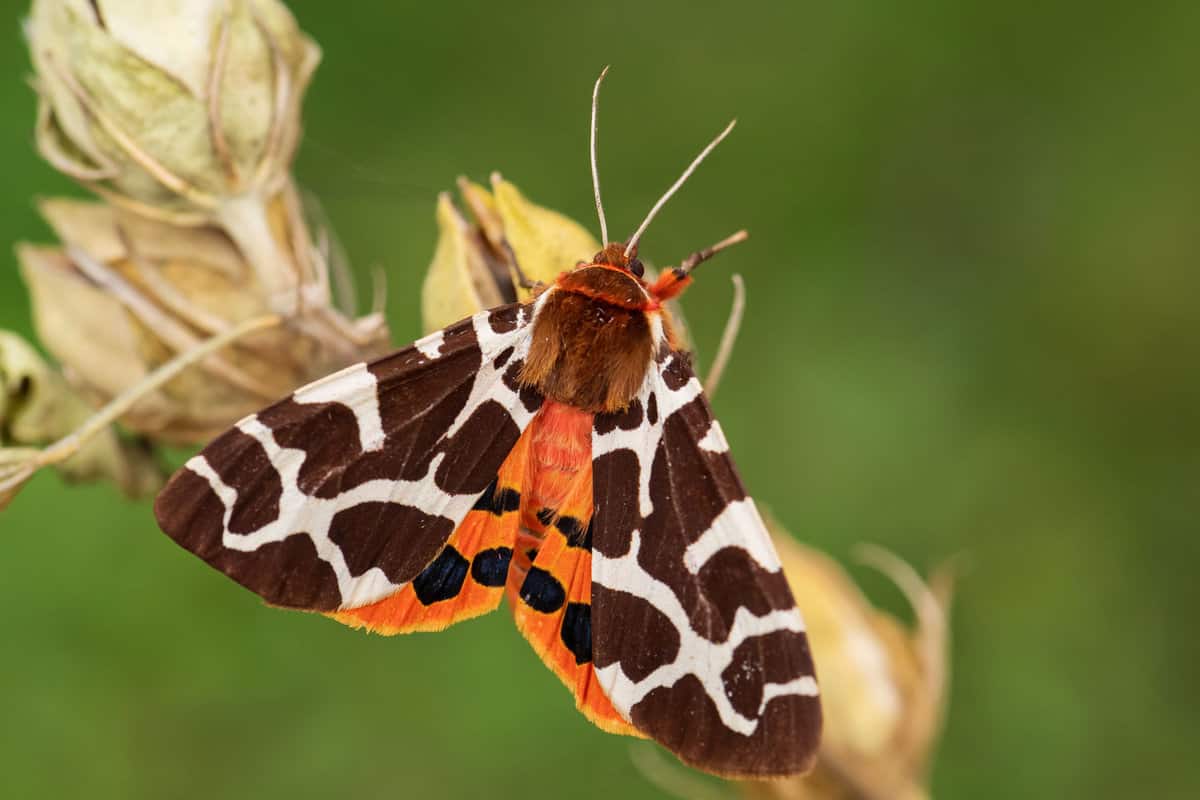
Moths come in various sizes and colors, from small and drab to large and brightly colored. They are attracted to flowers that bloom at night, and their long tongues allow them to reach deep into the flowers to collect nectar.
Consider planting night-blooming flowers like evening primrose, moonflower, or nicotiana to attract moths to your garden.
These flowers will attract moths and other nocturnal pollinators like bats and beetles.
Another way to attract moths to your garden is to leave your porch light on at night. Moths are attracted to light and will often gather around light sources.
However, it's important to note that leaving lights on all night can disrupt the natural behavior of moths and other nocturnal animals.
Badgers
Badgers are nocturnal animals that are known for their digging abilities. They benefit gardens because they eat insects and other small animals that can damage plants.
Badgers are attracted to gardens with dense vegetation and easy soil to dig. If you want to attract badgers to your garden, consider leaving a patch of your lawn unmowed.
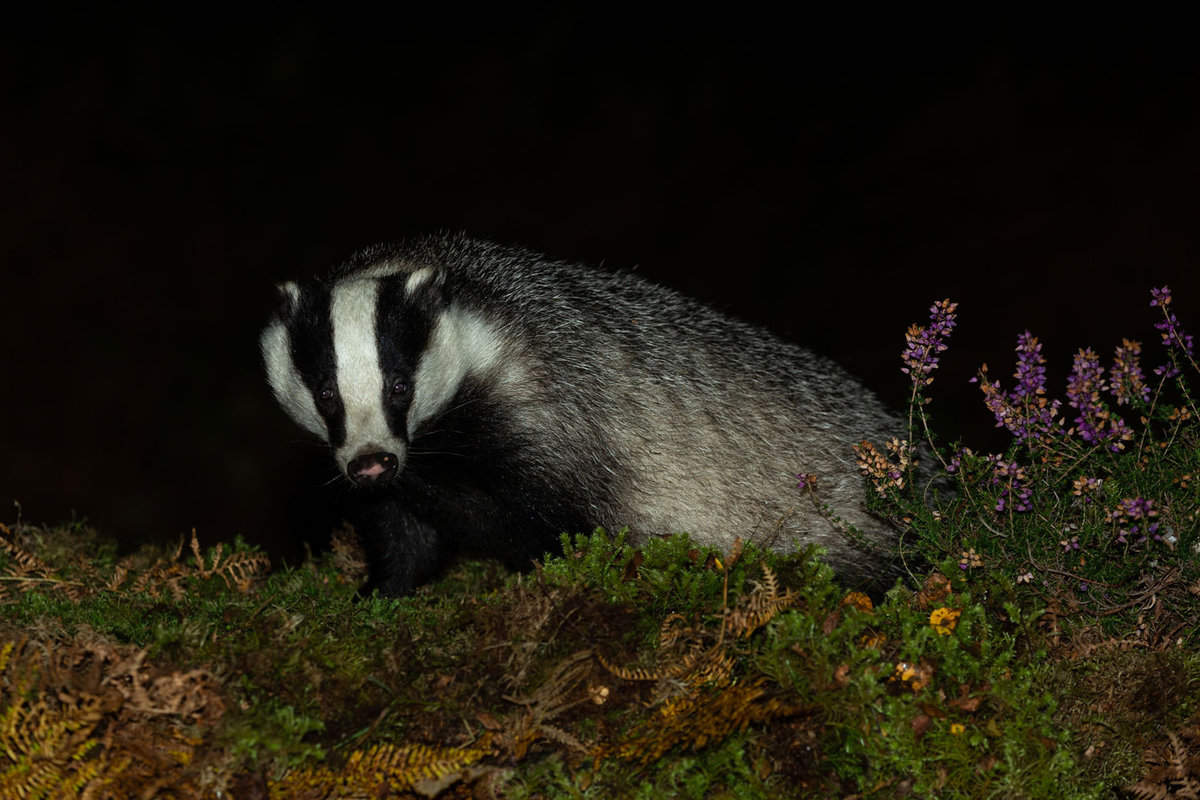
Your garden becomes a nocturnal stage for a diverse cast of creatures, each with its role. Some are natural allies, enhancing the health of your garden, while others might unintentionally wreak havoc.
By gaining insight into these creatures and unraveling the secrets of their nighttime activities, you hold the key to transforming your garden into a haven for the helpful and a fortress against the troublesome. So, embrace the night!
Ready to dive deeper into your garden? Read this: Does Bone Meal Attract Animals?
Challenges with Nocturnal Animals
Nocturnal animals can be challenging for gardeners, especially if you're trying to grow vegetables or fruits.
- Pest damage: Nocturnal animals like raccoons, skunks, and opossums can cause damage to gardens by digging up plants, eating fruits and vegetables, and even damaging the roots. They may also attract other pests like insects and rodents.
- Limited visibility: Gardeners may have a hard time spotting nocturnal animals that are causing damage to their gardens. This can make it difficult to take measures to prevent further damage.
- Noise disturbance: Some nocturnal animals, like owls and coyotes, can create noise disturbances that may disrupt sleep or cause anxiety for gardeners and their families.
- Safety concerns: Some nocturnal animals, like bats and snakes, can pose a safety risk to gardeners. Bats can carry diseases like rabies, while snakes can be venomous.
Check this related post: Do Wind Chimes Keep Hawks Away?
Final Tips on Managing Nocturnal Animals
Nocturnal animals can be a great addition to your garden, but they can also cause damage to your plants and property.
Here are a few tips to help you manage nocturnal animals in your garden:
- Use fencing: Fencing can keep nocturnal animals out of parks. This can be especially effective for animals like raccoons and skunks.
- Install motion-activated lights: Motion-activated lights can help deter nocturnal animals from entering gardens. They can also help gardeners spot animals that are causing damage.
- Use repellents: Several natural and chemical repellents can keep nocturnal animals away from gardens. These include garlic, hot pepper spray, and predator urine.
Related post: Do Mothballs Keep Voles Away?
